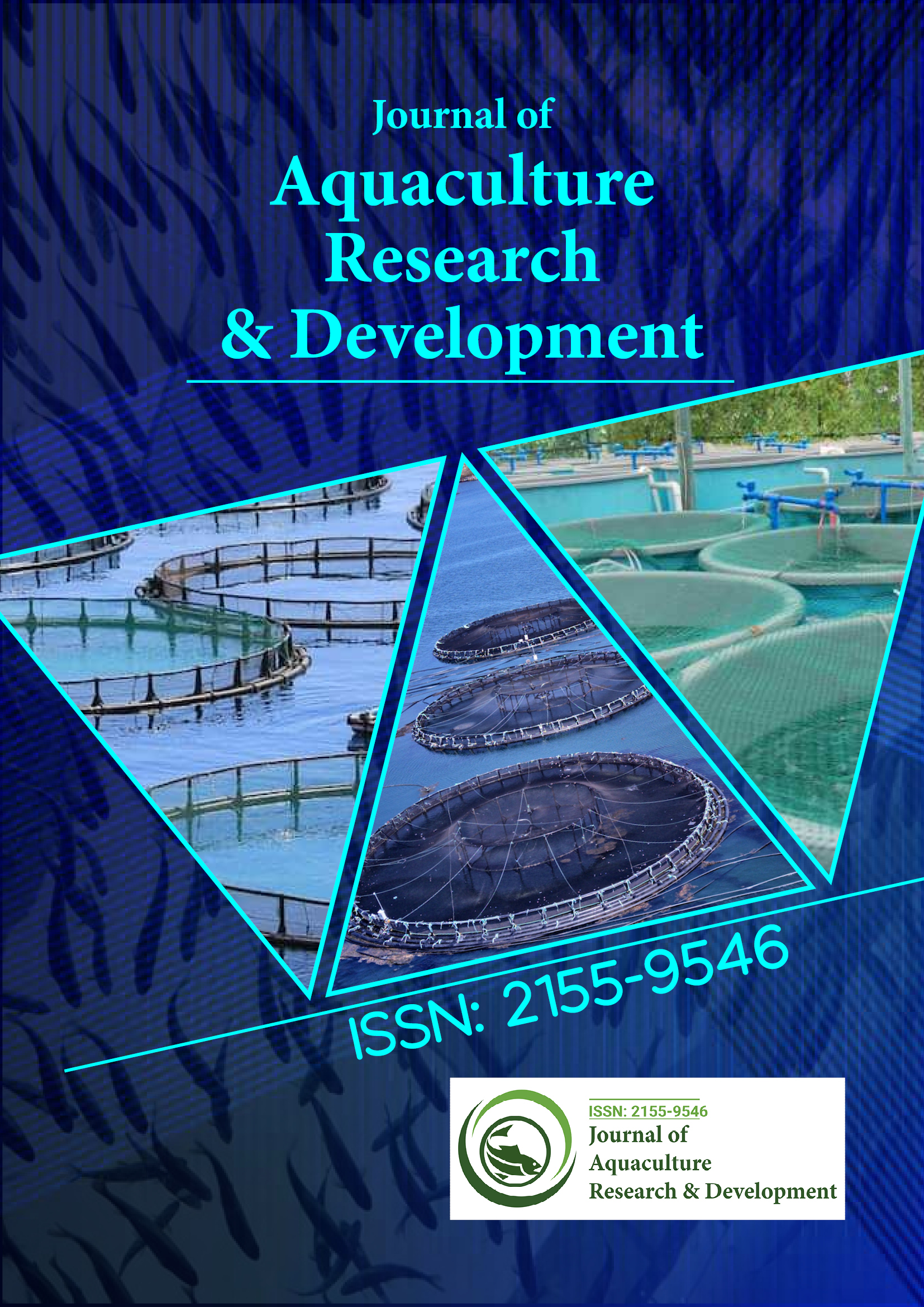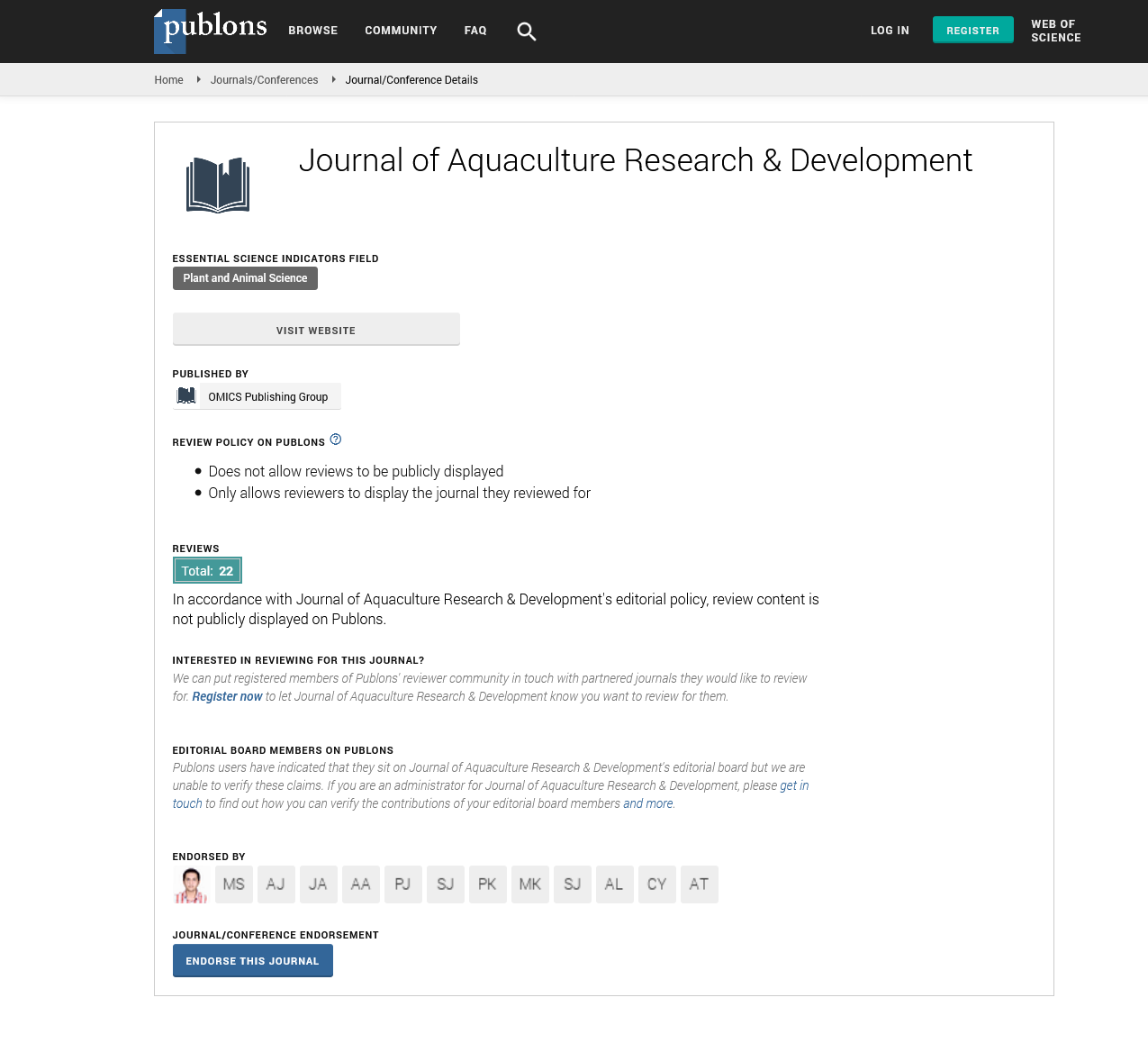Indexed In
- Online Access to Research in the Environment (OARE)
- Open J Gate
- Genamics JournalSeek
- JournalTOCs
- Scimago
- Ulrich's Periodicals Directory
- Access to Global Online Research in Agriculture (AGORA)
- Electronic Journals Library
- Centre for Agriculture and Biosciences International (CABI)
- RefSeek
- Directory of Research Journal Indexing (DRJI)
- Hamdard University
- EBSCO A-Z
- OCLC- WorldCat
- Scholarsteer
- SWB online catalog
- Virtual Library of Biology (vifabio)
- Publons
- MIAR
- University Grants Commission
- Euro Pub
- Google Scholar
Useful Links
Share This Page
Journal Flyer

Open Access Journals
- Agri and Aquaculture
- Biochemistry
- Bioinformatics & Systems Biology
- Business & Management
- Chemistry
- Clinical Sciences
- Engineering
- Food & Nutrition
- General Science
- Genetics & Molecular Biology
- Immunology & Microbiology
- Medical Sciences
- Neuroscience & Psychology
- Nursing & Health Care
- Pharmaceutical Sciences
Perspective - (2024) Volume 15, Issue 10
Enhancing Sustainability in Aquatic Food Production with Aquaculture Modes and Tailwater Treatment Systems
Merle Joe*Received: 25-Sep-2024, Manuscript No. JARD-24-27505; Editor assigned: 27-Sep-2024, Pre QC No. JARD-24-27505 (PQ); Reviewed: 11-Oct-2024, QC No. JARD-24-27505; Revised: 18-Oct-2024, Manuscript No. JARD-24-27505 (R); Published: 25-Oct-2024, DOI: 10.35248/2155-9546.24.15.918
Description
Aquaculture, the farming of aquatic organisms such as fish, crustaceans, mollusks andplants, has become an essential sector for meeting global food demands. With wild fisheries facing significant pressures, aquaculture presents a sustainable approach to food security. However, like any farming method, aquaculture faces environmental challenges, particularly concerning water use and waste management. One area of focus in making aquaculture more sustainable is the effective treatment of tailwater, which contains nutrients, organic matter and potentially harmful pathogens. This article examines the different modes of aquaculture and discusses tailwater treatment systems that are essential for maintaining environmental quality and long-term viability.
There are several primary modes of aquaculture, each with unique environmental impacts, water requirements and waste management needs. These modes include extensive, intensive, semi-intensive and integrated multi-trophic aquaculture. Understanding the characteristics of each mode helps to select appropriate tailwater treatment strategies to mitigate any potential adverse effects on the surrounding environment. Extensive aquaculture relies on natural ecosystems to provide the necessary conditions for species growth, with minimal human intervention. Fish or shellfish are farmed in open-water systems such as ponds, lakes, or ocean bays, relying primarily on the natural food sources available in these habitats. Because extensive systems are closely linked to their environment, they usually have low production rates compared to intensive systems but also produce lower levels of waste per unit area. In extensive systems, waste discharge is less concentrated; however, as production intensifies, even extensive systems can contribute to localized water quality issues. Traditional pond aquaculture often relies on periodic draining, which can lead to the release of nutrient-rich tailwater into surrounding ecosystems. Intensive aquaculture uses high stocking densities, with farmed species requiring external feeding and regular water quality management. This mode includes systems such as Recirculating Aquaculture Systems (RAS), tank-based farms and net pens. In these setups, water is continuously recirculated or regularly exchanged to maintain optimal growth conditions.
Since intensive systems often rely on formulated feeds, waste buildup, both in the form of uneaten feed and excreted nutrients, is a significant concern. High nutrient levels, particularly nitrogen and phosphorus, can lead to water quality issues if untreated tailwater is discharged into natural water bodies.
Semi-intensive aquaculture falls between extensive and intensive approaches, incorporating moderate levels of stocking and feed supplementation. This mode typically uses ponds or enclosures with some level of nutrient input to supplement natural food sources. Semi-intensive systems produce moderate amounts of waste and require occasional water exchange, making them relatively sustainable but still requiring attention to water management.
Integrated Multi-Trophic Aquaculture (IMTA) is an innovative system that combines species from different trophic levels, such as fish, shellfish and seaweed, within the same farming area. In IMTA systems, waste produced by one species serves as nutrients for another. For example, the nutrients from fish waste can promote seaweed growth, while shellfish filter particles from the water, thus maintaining cleaner water quality.
IMTA represents a balanced, ecosystem-based approach to aquaculture, reducing the need for waste treatment by naturally assimilating nutrients within the system. However, it may still require additional treatment to prevent nutrient loading in the broader environment. Tailwater in aquaculture refers to the effluent water that leaves a farming system. It contains dissolved and suspended nutrients, organic matter and potentially pathogenic organisms, which, if released untreated, can harm the surrounding environment. Excess nutrients, especially nitrogen and phosphorus, can lead to eutrophication in receiving waters, causing harmful algal blooms, oxygen depletion and a reduction in biodiversity.
Tailwater treatment is essential to reduce these impacts and maintain the sustainability of aquaculture operations. The level of treatment required varies based on the aquaculture mode, waste composition and receiving environment. Treatment options range from mechanical filtration and biological treatment to constructed wetlands and advanced filtration systems, each with distinct advantages and limitations. Several methods are available for treating aquaculture tailwater and the choice of system depends on the type of aquaculture operation, waste characteristics and environmental regulations. Commonly used treatment systems include sedimentation tanks, constructed wetlands, biofiltration and integrated systems that combine various treatment methods.
Citation: Joe M (2024). Enhancing Sustainability in Aquatic Food Production with Aquaculture Modes and Tailwater Treatment Systems. J Aquac Res Dev. 15:918.
Copyright: © 2024 Joe M. This is an open-access article distributed under the terms of the Creative Commons Attribution License, which permits unrestricted use, distribution, and reproduction in any medium, provided the original author and source are credited.

